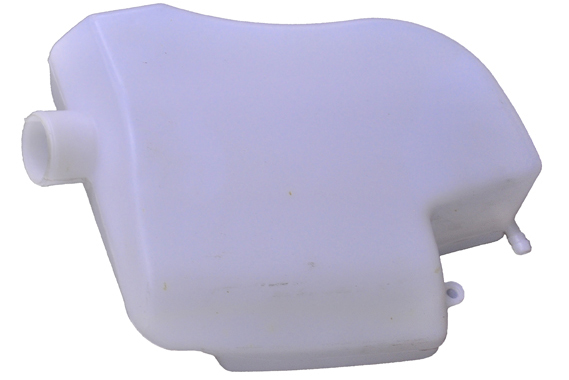
General Manager: Mr. Yuan
cell phone:18912672108
Fax: 0512-57811936
Telephone:0512-57811935
URL:www.7776233.com
address:No. 191, Xiaoyuhe Road, Kunshan City, Jiangsu Province
E-mail:fulong740428@163.com
Brief introduction to the viscoelastic principle of hollow molding
1. Mathematical description
The polymer is due to its long-chain structure and the flexibility of the molecular chain. Generally, when the polymer is placed at a certain temperature, starting from the action of external force, the shape of the macromolecule goes through a series of intermediate states and transitions to a balance suitable for the external force. The state is a relaxation process, and its deformation changes over time as:

(1) Above the glass transition temperature of the polymer, the general elastic deformation accounts for a small proportion of the total deformation and can be ignored
(2) Among them, t* is the relaxation time, which decreases with the increase of temperature. is the viscosity, which decreases with increasing temperature.
(3) can also be written as
(4) High elastic deformation when γ2∞=δ/E2 is t→∞
γη=δ/η is the viscous deformation at t=1, that is, the viscous deformation per unit time
Because the relaxation time t* of the polymer is very short in the high elastic state or near the viscous flow temperature, if the deformation time t1>>t* in the molding process, it can be obtained from the formula (3), when the external force action time t=t1 :
After releasing the external force, the high elastic deformation recovers
(4) If the temperature is lowered below Tg (or crystallization temperature) and the external force is released before the high elastic deformation recovers, the relaxation time t*→∞, then equation (4) becomes
That is, the high elastic deformation part is no longer recovered, the viscous deformation is irreversible, and the release external force does not recover.
2. Principle narrative
Using the temperature dependence of the relaxation time of polymer delayed high elastic deformation, in the vicinity of Tf above the glass transition temperature of the polymer, the polymer semi-finished product (tube, hollow profile, etc.) is rapidly deformed, and then the deformation is maintained for a short time. The internal cooling to below the glass transition temperature or crystallization temperature makes the deformation of the molded product frozen, which is the viscoelastic principle of hollow molding. This is the principle of the blow molding wheel in the Suzhou blow molding factory.
inference
1. The use temperature of hollow blow molded products should be much lower than the glass transition temperature or crystallization temperature of the polymer
2. The higher the molding temperature, the greater the proportion of irreversible deformation in the product, and the better the shape stability of the molded product.
Telephone:0512-57811935
URL:www.7776233.com
address:No. 288, Ruian Road, Shipai, Bacheng Town, Kunshan City, Jiangsu Province
